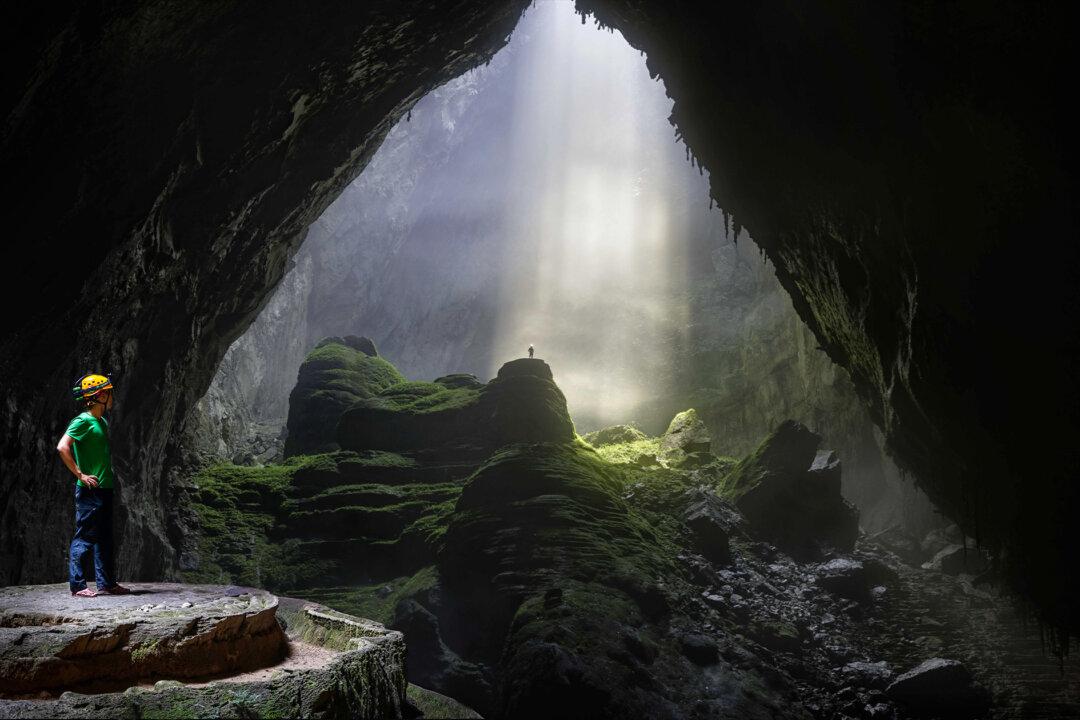Deep in the heart of Vietnam’s mountainous jungles, there lies a subterranean world that seems lost in time. A gargantuan hollow residing in a limestone mountain, Son Doong cave was once entirely hidden from us but is now considered the largest cave in the world.
A local villager named Ho Khanh stumbled on the gigantic grotto in 1990, while lumberjacking for precious agarwood timber in a rainforest in Quang Binh province, near the Laotian border. Caught in a thunderstorm, he ducked inside a stone cavity that seemed to go on forever. As that area is littered with such formations, he mostly forgot about the discovery until 2008 when he met British cave explorers Howard and Deb Limbert and told them about the cave. From their previous expeditions, they knew something was there; Son Doong was actually what they had been searching for.






